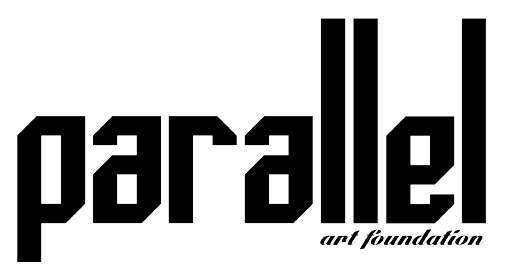Gorintō, Soft Tension
2022, April 1-20
Puccs Contemporary Art
[VIII. Budapest, Víg u. 22.]
Insight Projekt
Opening: 2022, March 31, 6-8pm
The elements, as natural phenomena or intellectual creation, always played a decisive role in certain Asian cultures. As people have constantly experienced at first hand its dramatic influence. Earthquakes, vulcanic abruptions, tsunamis, typhoons are in many East Asian countries not uncommon since time immemorial, but rather an everyday occurrence, that the way of thinking and living of local people has severely determined. Recently these exotic and tremendous phenomena, earlier known only from news, slowly but surely become present in the Metropoles of Europe or coastal arias in the United States.
It is not accidental, that in many eastern cultures, the connection to these elements has rather a spiritual and philosophical nature. Earth, water, fire, wind, and void or spirit are the five elements according to Japanese Buddhistic tradition, in addition, there are associated elementary geometric forms as the cube, sphere, pyramid, hemisphere, and jewel shape. From India originated the idea of the elements has developed in Japan to an extraordinary sculptural shape, the five-ring tower, the so-called Gorintō. This stack of geometrical forms, made of stone or wood, is often used as memorial stone or graves in Buddhist cemeteries.
Although Christianity has a very different relationship to the environment in comparison to eastern philosophies, a similar approximation appeared in Europe referring to ancient greek philosophy. In his 1619 published work Harmonie mundi Johannes Kepler the astronomer and natural philosopher assigned the Platonic solids the Tetrahedron, Cube, Octahedron, Dodecahedron, and Icosahedron to the elements: earth, air, water, fire, and ether.
The work in the nine square meters white cube of Puccs Contemporary is a three-meter high Gorintō made as a combination of ready-made objects and self-created artefacts, in a very context a cultural and social heterogenic district, reflecting for ancient cultures and future threat of the changing environment.
Supported by Hungarian Academy of Arts


